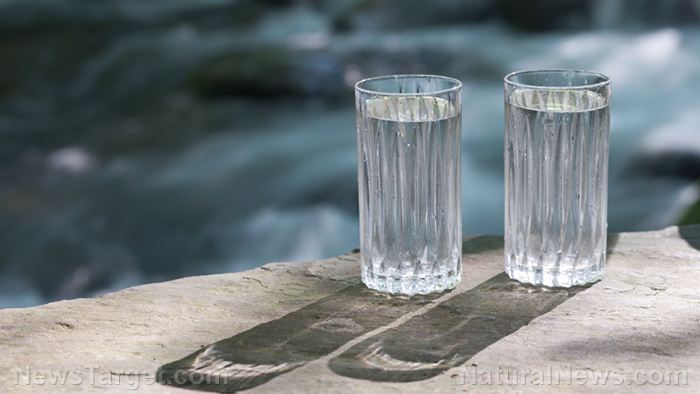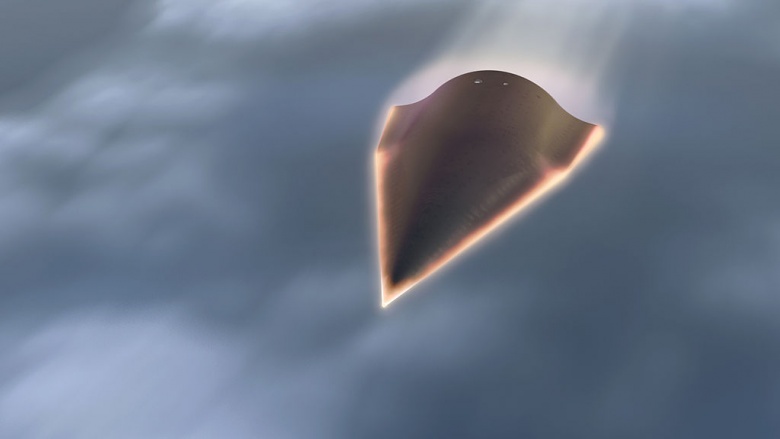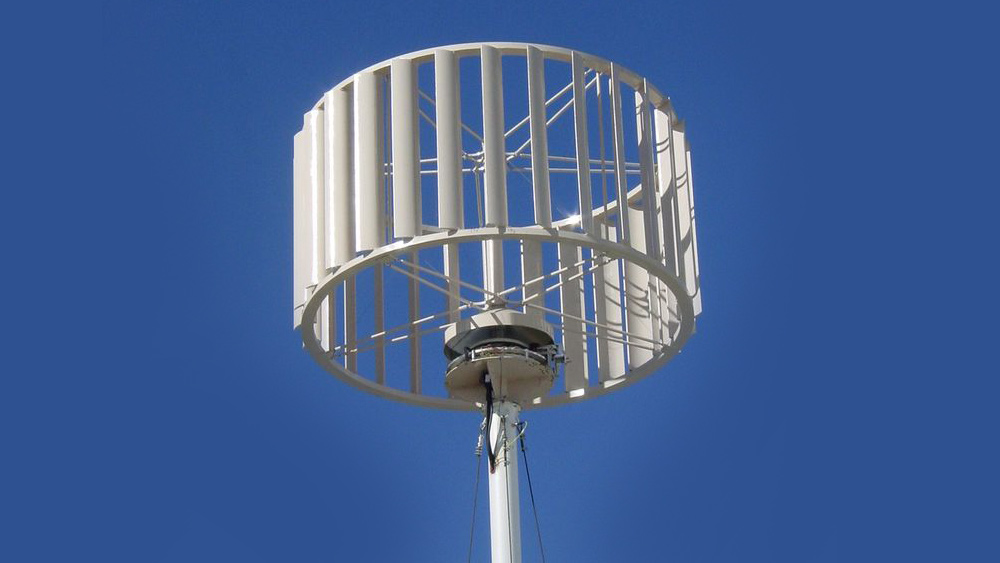“Forever” diamond battery takes up to 28,000 years to run out of charge
03/27/2021 / By Virgilio Marin

California startup Nano Diamond Battery (NDB) says it has designed a battery made from nuclear waste that will take up to 28,000 years to run out of charge. The “forever” diamond battery was developed for use in deep space and other niche applications, but a consumer-facing prototype is also in the works.
The firm said that the latter model will be able to last for nine consecutive years. It can power smartphones, electric vehicles and other devices. When powered by the “forever” battery, machines will never have to be recharged for many years.
Harnessing energy from nuclear waste
NDB’s new battery will derive its power from radioactive isotopes recycled from nuclear waste such as radioactive graphite. Each unit will contain a single crystalline diamond that absorbs energy from the isotopes. As the isotopes have lifetimes of several thousands of years, they will keep emitting energy and the battery will never have to be recharged for a long time.
“This battery has two different merits,” NDB CEO and co-founder Nima Golsharifi said in an interview with Future Net Zero last October. “One is that it uses nuclear waste and converts it into something good. And the second is that it runs for a much longer time than the current batteries.”
For safety, the radioactive diamond will be wrapped in multiple coatings of extremely durable synthetic diamonds. These will act as a tamper-proof protective layer to prevent leakage. NDB also claims that the radiation levels from a cell will be less than what the human body emits, making the battery safe for use in a variety of applications.
The technology has all the potential to revolutionize battery making and solve the energy crisis. It can power off-grid communities and lead to battery packs that can be pulled out of an old device and installed in a new one, avoiding the need for new batteries and thereby reducing battery waste.
The use of nuclear waste will also offer significant cost reduction and environmental benefits. Radioactive waste is extremely dangerous, expensive and difficult to store. It persists in the environment due to its long decay times. As such, recycling it will significantly cut back radioactive waste sitting interminably in storage near power plants.
Diamond battery still just a proof of concept, will be available in three years
The firm hasn’t produced the batteries yet but has a proof-of-concept design, called “Diamond Nuclear Voltaic,” which has been tested at a lab last year at the University of Cambridge. Researchers have been able to achieve a breakthrough 40 percent charge, which is a substantial improvement over the 15 percent charge collection efficiency of commercial diamonds.
“With the NDB battery, we have achieved a massive, groundbreaking, proprietary technological breakthrough of a battery that is emission-free, lasts thousands of years and only requires access to natural air in order to power devices,” Golsharifi shared in a statement last year.
He said in the interview that the firm is currently focused on developing the consumer version, which he estimated would be available in around three years. (Related: Revolutionary battery can self-assemble and charge your phone in SECONDS.)
Other companies are also working to create better batteries. Last year, Chinese battery giant Contemporary Amperex Technology Co. Ltd. announced that it was ready to produce a “million-mile” battery pack. Chairman Zeng Yuqun said that the battery lasts for 16 years or 1.24 million miles, which would allow electric cars to go for 400 miles between charges. Warranties on available batteries cover only eight years or 150,000 miles.
In February last year, the firm signed a two-year deal with Elon Musk’s Tesla Inc. to supply batteries for the latter’s electric vehicles. It was reported later that year that the million-mile battery pack would be used very soon for Tesla’s Model 3 sedan, which would be rolled out first in China.
Follow Inventions.news to stay updated about the latest news on technology.
Sources include:
Tagged Under: batteries, battery, breakthrough, cars, Chemistry, diamond battery, diamonds, electric cars, electric vehicles, environment, future science, future tech, goodtech, green energy, innovation, inventions, nuclear waste, physics, power, radioactive waste, recycling, science and technology, technology
RECENT NEWS & ARTICLES
COPYRIGHT © 2017 FUTURETECH.NEWS
All content posted on this site is protected under Free Speech. FutureTech.news is not responsible for content written by contributing authors. The information on this site is provided for educational and entertainment purposes only. It is not intended as a substitute for professional advice of any kind. FutureTech.news assumes no responsibility for the use or misuse of this material. All trademarks, registered trademarks and service marks mentioned on this site are the property of their respective owners.





















